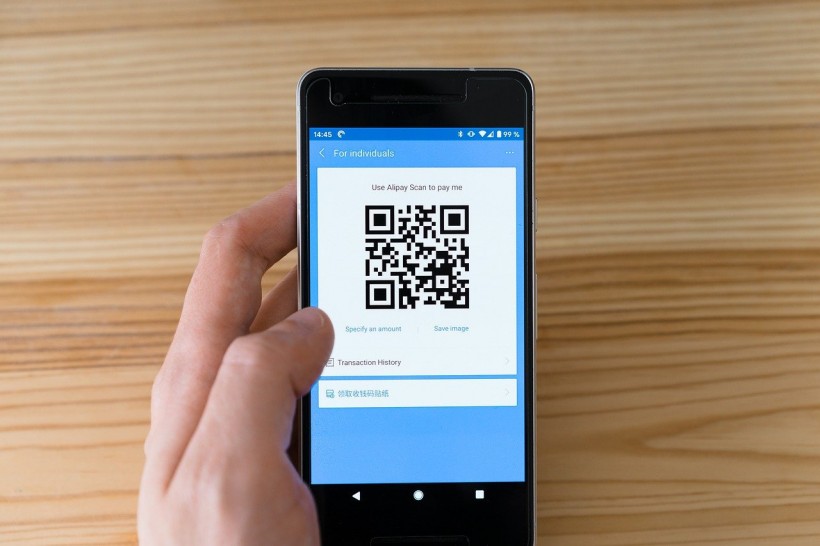Almost two decades ago, biometrics were mostly restricted to high-security applications and law enforcement. According to Barclaycard, biometrics at that time used fingerprints, DNA, and other physical markers. Scientists were still improving facial recognition which was not easy as it failed many times to recognize faces.
But 15 years later, biometric technology improved and so does facial recognition technology. It is no longer an unreliable experiment and not only used in law enforcement but also installed on smartphones. Facial recognition technology is literally in the hands of consumers, replacing passwords and making payments faster.
As its popularity soars, experts anticipate that billions of smartphone users around the world would use facial recognition technology to authorize payments in the next few years.
Facial Recognition Payment Technology
According to ZD Net, analysts from Juniper Research said that facial recognition technology will increasingly be deployed around the world to verify a user's identity in making online payments with their smartphones or tablets, either via app or directly in-store using their digital wallets.
Moreover, Juniper Research's analysts predict that a host of biometrics will be used in authenticating payment transactions, not just facial recognition technology. This includes fingerprint, iris, and voice recognition.
By 2025, biometrics will be used in 95% of smartphones globally which means that the biological characteristics of people will be needed to authenticate over $3 trillion worth of payment transactions from $404 billion in 2020.
Experts said that malevolent actors could use rogue apps to trick users into letting them handle payments while using synthetic data and deepfakes to commit payment fraud.
That is why biometrics are becoming critical in this technology age to improve the security of mobile payments with facial recognition technology.
ALSO READ: If AI Can Detect Human Emotions, Will It Spell Danger For Mankind in the Future?
How to Secure Mobile Payments and Digital Wallets
Facial recognition technology is a breakthrough not only for payment but for ensuring security in various mobile operations. As AI-powered technologies evolve, facial recognition successfully dealt with the global pandemic, improving algorithms to recognize faces in masks for safe payment processing. This authentication solution sets a new bar for mobile app development standards and enhances user experience.
Mobile payment apps and digital wallets are replacing physical wallets and credit cards. Paying with these apps will not give the merchants the details of the credit card, debit card, checking account, and other sources of funds. They only receive one-time passwords that are good for the item purchased.
If the company gets hacked or a rogue employee tried to steal transaction details, they would not be able to get details of your credit card or source of funds.
So, users should only use reputable payment apps such as Apple Pay, Samsung Pay, Google Pay, PayPal, Venmo, Zelle, Chase Pay, and many more.
Defending Digital recommends adding password or PIN or biometric authentication, such as fingerprint or facial recognition. In setting passwords, it is advisable to set a long, complex password that is not used anywhere and store it in a password manager. If possible, set a two-factor authentication but if not, change to a different digital wallet or app.
Moreover, only link the mobile payment app digital wallet to your credit card and not debit card as it has strong fraud protection and remediation. They most likely have zero-liability policies that will allow users not to pay if the user reports a fraudulent transaction.
Also, never do your online payment transactions in public wifi, like coffee shops, restaurants, public libraries, and others. Someone else using that network might also see your transaction and possibly capture financial data.
Lastly, do not keep a large amount of money in an uninsured account unless it is a traditional bank account because these digital wallets are usually not FDIC-insured.
RELATED ARTICLE: Emojify Shows How AI Emotion Recognition Technology Works and its Implications to Society
Check out more news and information on Facial Recognition on Science Times.
* This is a contributed article and this content does not necessarily represent the views of sciencetimes.com















